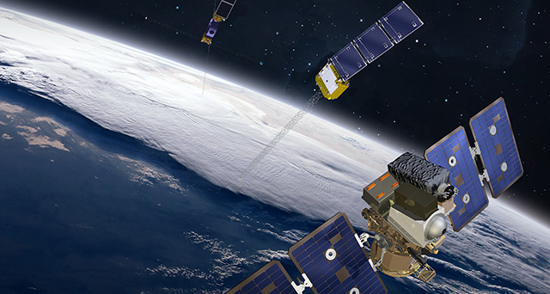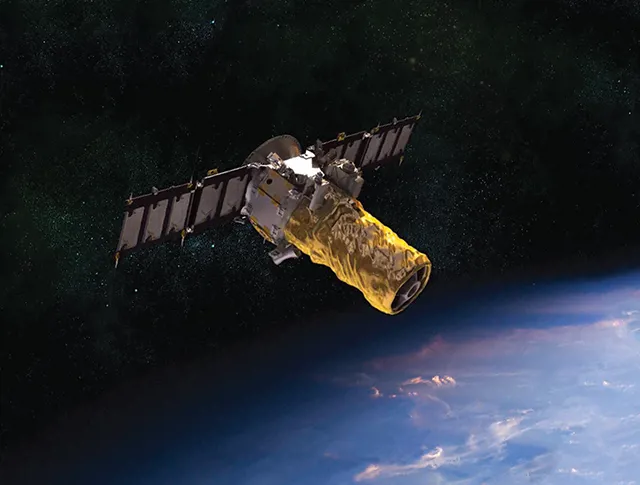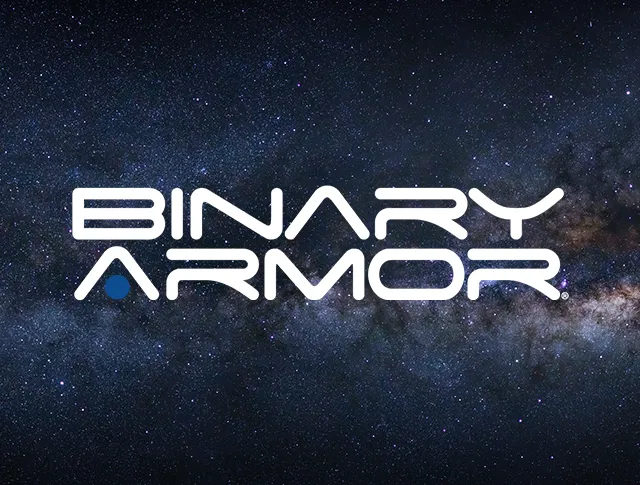Mission Architecture & Engineering
As a systems integrator, we don’t force your challenge into a pre-determined solution. By identifying the customer’s most important needs first, SNC develops and allocates those requirements across all elements of the system and conducts trades to determine the most cost-effective approach. We use a global system of partnerships to integrate the right combination of capabilities in the space, ground and launch segments to design and achieve your optimum mission.
Hosted Payloads & Rideshare
We have multi-program experience with the industry-standard Evolved Expendable Launch Vehicle (EELV) Secondary Payload Adapter (ESPA) in both the Standard and Grande configurations and have launched satellites as secondary payloads using a variety of accommodations.
SNC can integrate hosted payloads onto a variety of missions, providing additional cost-share or revenue-enhancing opportunities for our customers. We have a variety of contractual mechanisms that enable implementation of hosted payloads.
Production
We design satellites with a line-replaceable unit (LRU) mentality, with easy access to key components and separation of payload and bus integration efforts into parallel workflows. This greatly reduces the schedule required for system integration and gives payload developers maximum flexibility prior to space vehicle assembly and test.
Disaggregation
Our cost-efficient approach to mission engineering, satellite design, production and launch optimization, including incorporation of up-screened cubesat components where appropriate, supports disaggregated and lower cost approaches that are not only mission effective, but also affordable.
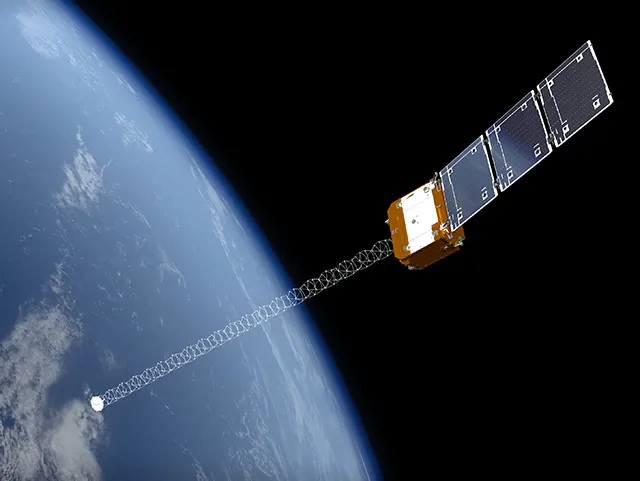
SN-100 ESPA Class Bus
SNC provides our customers with a highly capable, flight-proven, low-cost 150-kg-class satellite tailorable for a variety of missions. The SN-100 bus is used for the 18 ORBCOMM Generation 2 spacecraft. The SN-100 design enables large-scale production and increased flexibility for missions with payloads up to 150 kg.
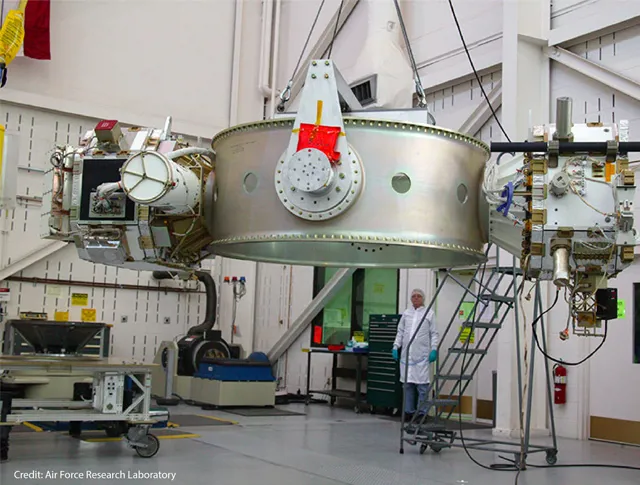
Next Gen SN-1000 Long-Duration Propulsive ESPA (LDPE) Space Vehicle
The SN-1000 class spacecraft includes Integration Standardization Support for maximum flexibility for late-manifest and port-allocation decisions as well as advanced rideshare capabilities on future LDPE flights. Simplified payload integration, extended mission life and additional integrated payload capability allow new LDPE missions such as on-orbit test range activities, while preserving the baseline six-port rideshare mission. Expanded core capabilities provide improved propulsion Delta-V and provide a new re-docking capability.
The SN-1000’s design includes command, telemetry and power services to all six payload ports. AFRL’s DSX was hosted on the SN-1000 class bus, which launched in 2019 and performed successfully for two years in MEO. The SN-1000-based DSX spacecraft is the largest unmanned, self-supporting structure ever put into orbit – larger than the size of a football field when fully deployed.
